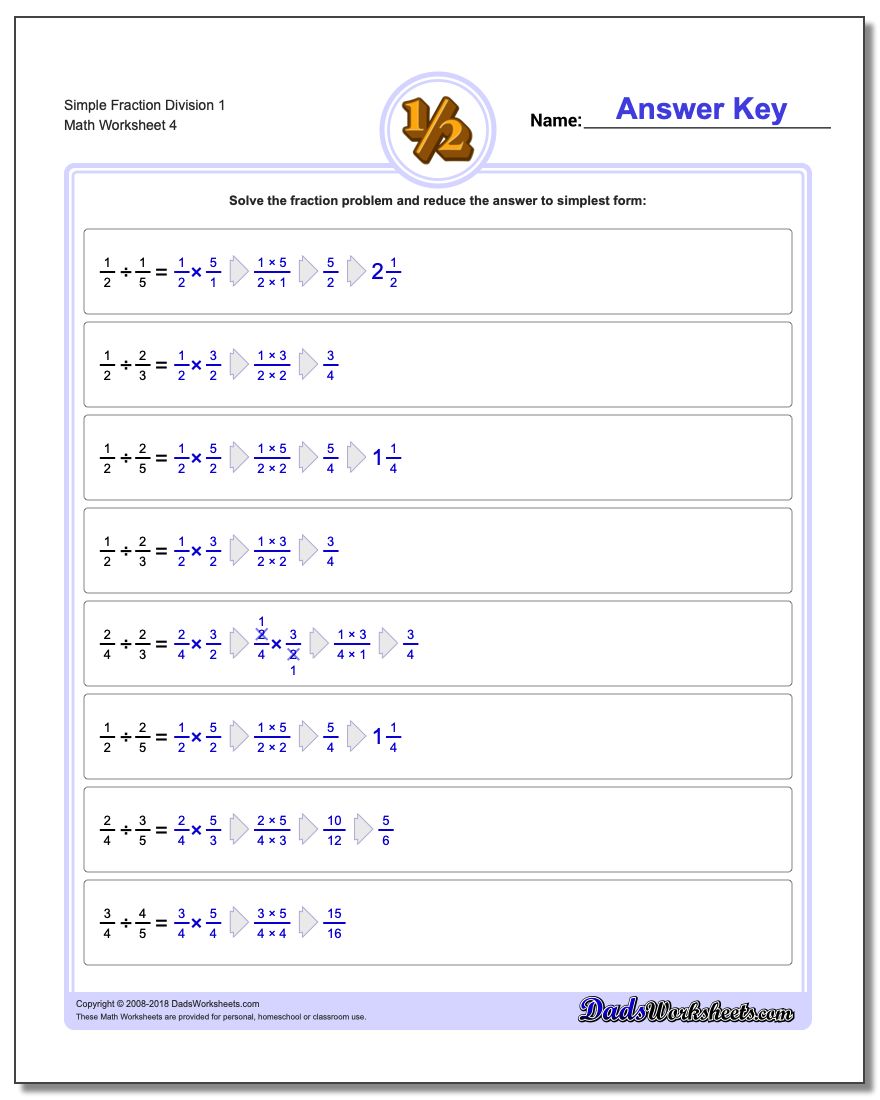| Subject | Websites | Videos |
| Atomic Mass Units | Definition, Colorado Education Explanation | Explanatory Video |
| Avogadro's Number | Britannica Definition, Chem1 Explanation with Example Problems | Khan Academy Introduction |
| Balancing Chemical Equations | PhET Introduction and Simulation, Jefferson Lab Practice, 10-Step Process Explanation | Khan Academy Introduction, Explained Practice Problems, Introduction to Balancing Chemical Equations |
| Chemical Equations: An Overview | Vision Learning Explanation, Interactive Review | How to Write Chemical Equations, Another Explanation Involving Writing Equations |
| Classification of Matter | Pren Hall Discussion with Diagrams, Chemogenesis Explanation and Graphic Organizer | The Science Classroom Explanation |
| Compounds/Elements/Molecules | Straight-Forward Discussion, Simple Definitions, Relationships Between Elements, Molecules, and Compounds | Relationships Between Elements, Atoms, and Molecules, Khan Academy Elements and Atoms, Bill Nye Explanation |
| Density | Vision Learning Explanation, PhET Simulation | Density Practice Problems, Bozeman Science Explanation |
| Empirical and Molecular Formulas | Sample Calculations, Step by Step Explanation and Sample Problems | Khan Academy Explanation, Calculating Molecular Formula from Empirical Formula |
| Fundamental Chemical Laws | PDF Explanation with Examples | Crash Course Overview |
| Gravimetric Analysis | Overview with Example Problems, Britannica Definition, Wired Chemist Lab Application | Explanatory Example Problem |
| History of the Atom | Concise Timeline, Detailed Explanation with Diagrams | Brief Crash Course Overview, The Science Classroom Explanation, Models of the Atom TImeline |
| Ions | Northwestern Definition | What's an Ion?, Alternate Explanation of Ions |
| Limiting Reactants | Explanation with Example Problems, Chem Team Explained Example Problems | Introduction to Limiting Reactant and Excess Reactant, Explained Practice Problem |
| Metric Units and Prefixes | Table Outline, Binary Prefixes |
| Moles | Britannica Definition, Vision Learning Overview | Introduction to Moles, Khan Academy: The Mole and Avogadro's Number, Bozeman Science Mole Conversions,Mole Ratio Practice Problem Explanations, Converting Between Moles, Atoms, and Molecules |
| Molar Mass | Overview and Explained Problems, Definition, Formula, and Examples | How to Calculate Molar Mass, Chemistry Lesson Explanation |
| Naming Covalent Compounds | Explained Rules and Practice Problems, Naming Binary Covalent Compounds | Explanatory Tutorial, Brightstorm Examples |
| Naming Ionic Compounds | Khan Academy: Naming Monatomic Ions and Ionic Compounds, Clear Rules and Explained Examples | Naming Ionic Compounds with Transition Metals, Introduction to Writing Ionic Formulas, Explanation of Naming Ionic Compounds Through Examples |
| Complete Molecular, Complete Ionic, and Net Ionic Equations, and Spectator Ions | Khan Academy Explanation and Practice Problems, Chem Team Outline, Practice Problems with Solutions | Bozeman Science Explanation |
| Percent Composition of Compounds | Definition and Explained Example Problems, Calculating Percent Composition and Determining Empirical Formulas | Percent Composition by Mass Tutorial, Explanation with Practice Problems |
| Polyatomic Ions | Khan Academy: Definition, Structure, Naming, and Example Calculations, Polyatomic Ions: Names, Formulas, and Shapes | What is a Polyatomic Ion?, Writing Formulas with Polyatomic Ions |
| Radioactivity/Radioactive Decay | Atomic Notation, Alpha, Beta, and Gamma Decay, Writing Nuclear Equations, and Half-Life, Khan Academy: Writing Nuclear Equations for Alpha, Beta, and Gamma Decay, and Half-Life | Crash Course Overview, Khan Academy: Types of Decay, Nuclear Half-Life: Introduction and Explanation, Writing Nuclear Equations for Alpha, Beta, and Gamma Decay |
| Scientific Notation | Explanation and Practice Problems, Explained Practice Calculations | A Chemical Introduction to Scientific Notation, Scientific Notation and Significant Figures, Scientific Notation Practice Problems |
| Significant Figures | Step by Step Tutorial, Adding/Subtracting and Multiplying/Dividing with Significant Figures, Laboratory Application of Significant Figures, Significant Figure Rules | Crash Course: Unit Conversion and Significant Figures, How to Determine Significant Figures and Use 'Sig-Fig' Rules, Significant Figure Practice Problems |
| Stoichiometry | Khan Academy Stoichiometry Overview, Reaction Stoichiometry Tutorial, Chem Wiki Stoichiometric Coefficients and Practice Problems | Khan Academy Introduction, Crash Course Explanation, Bozeman Science Example Problems, Stoichiometry: Grams to Moles |
| Systematic Error vs. Random Error and Uncertainty in Measurement | Definitions, Specific Examples and Minimizations,Practice Problems with Solutions, Chem Wiki: Precision vs. Accuracy, Random Error vs. Systematic Error, Calculating Error, and Minimizing Error |
| Theoretical/Actual/Percent Yield | Definitions and Steps for Calculation, Explained Example Problems | Tutorial with Explained Steps, Theoretical, Actual, and Percent Yield Descriptions and Example Problem |
| Types of Reactions | Synthesis Reactions, Decomposition Reactions, Acid-Base Reactions, Oxidation and Reduction Reactions, Precipitation Reactions, Combustion Reactions, Single Displacement Reactions, Double Displacement Reactions | Overview of Synthesis, Combustion, Decomposition, Single Replacement and Double Replacement Reactions, Classifying Types of Chemical Reactions Practice Problems |
| Unit Conversion | Unit Conversion Using the Railroad Tracks Method, Basic Unit Conversion and Conversion Factors | Khan Academy: Unit Conversion within the Metric System, Converting Units with Conversion Factors Tutorial, Explained Practice Problems |



